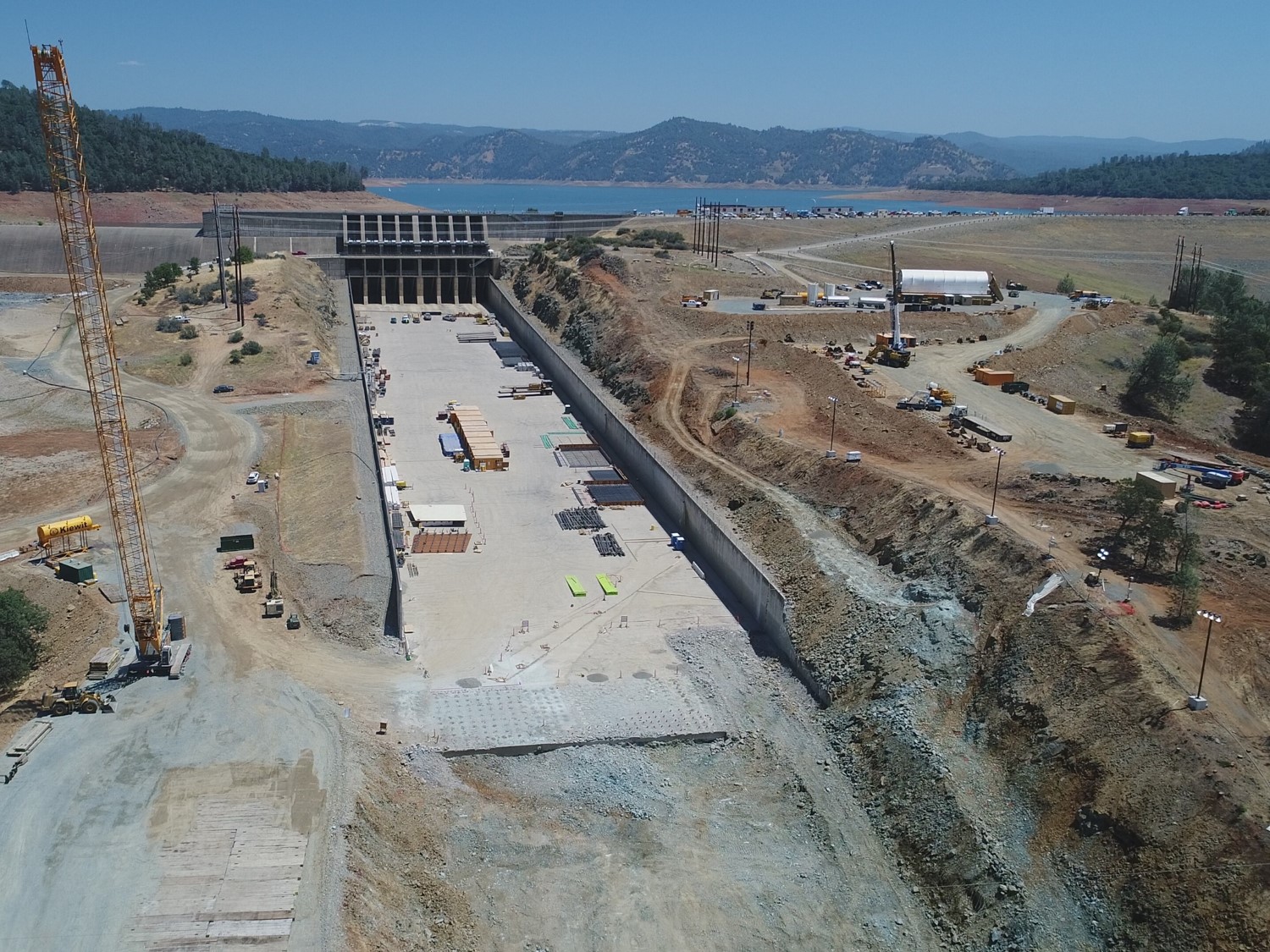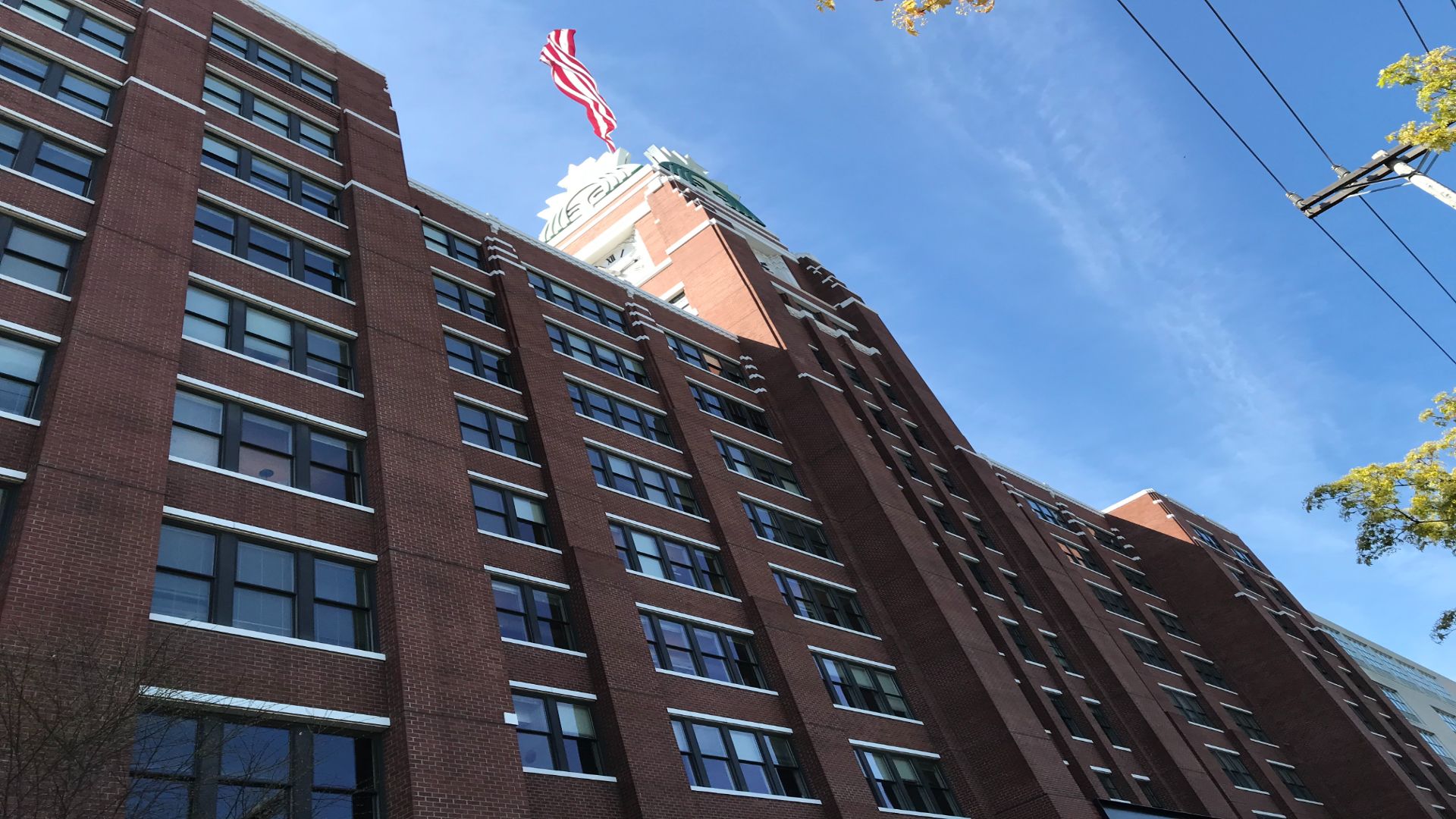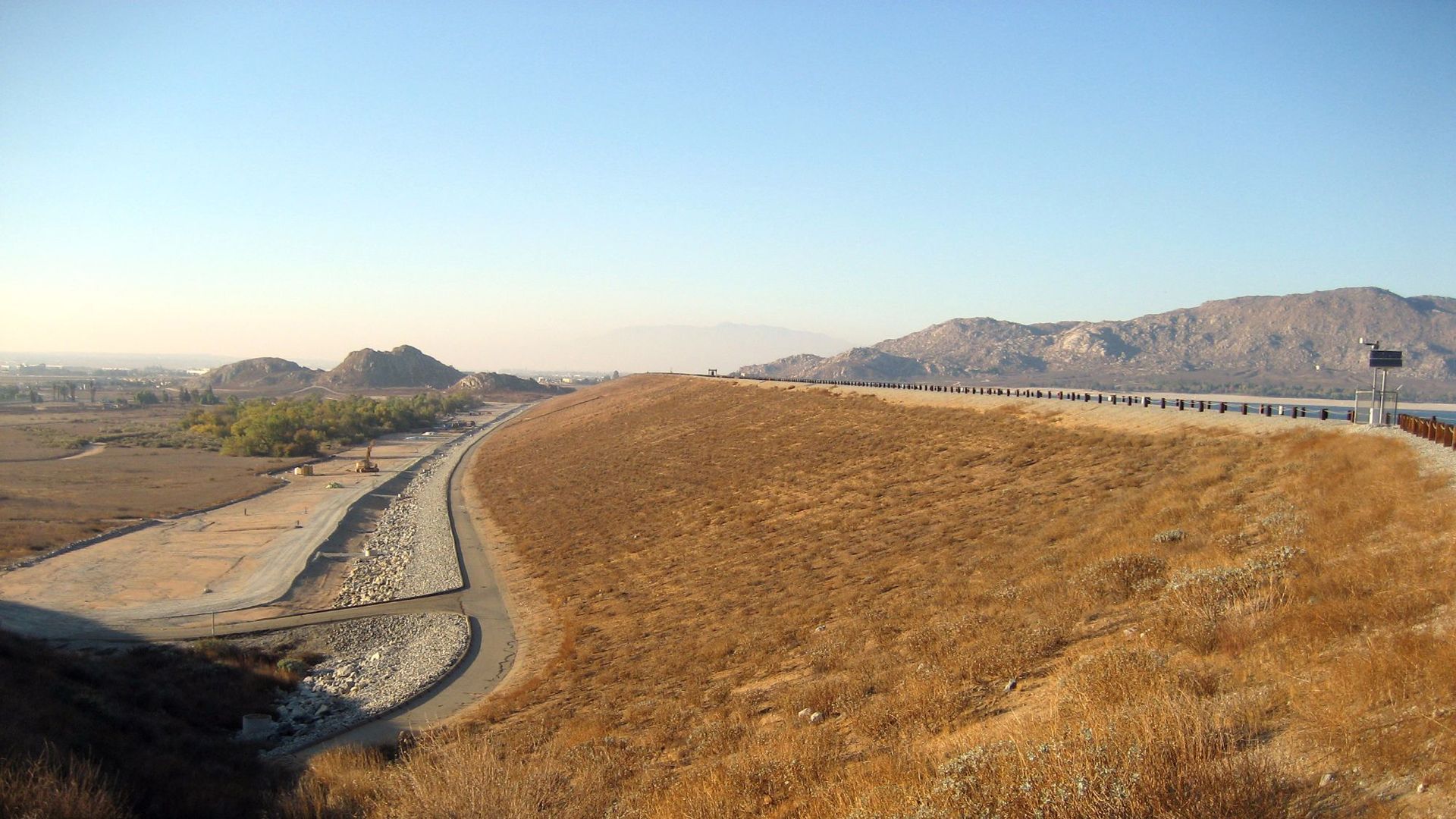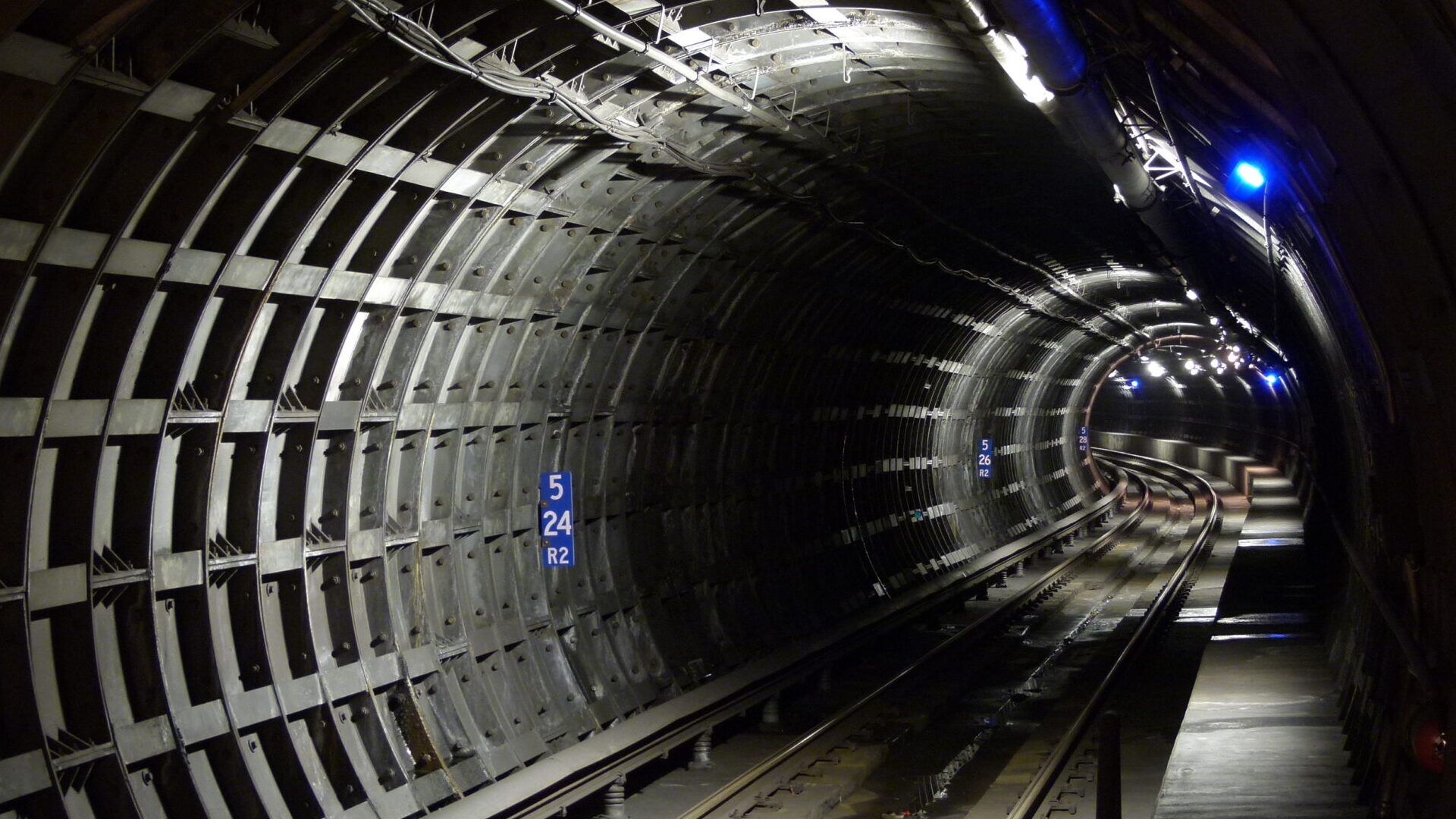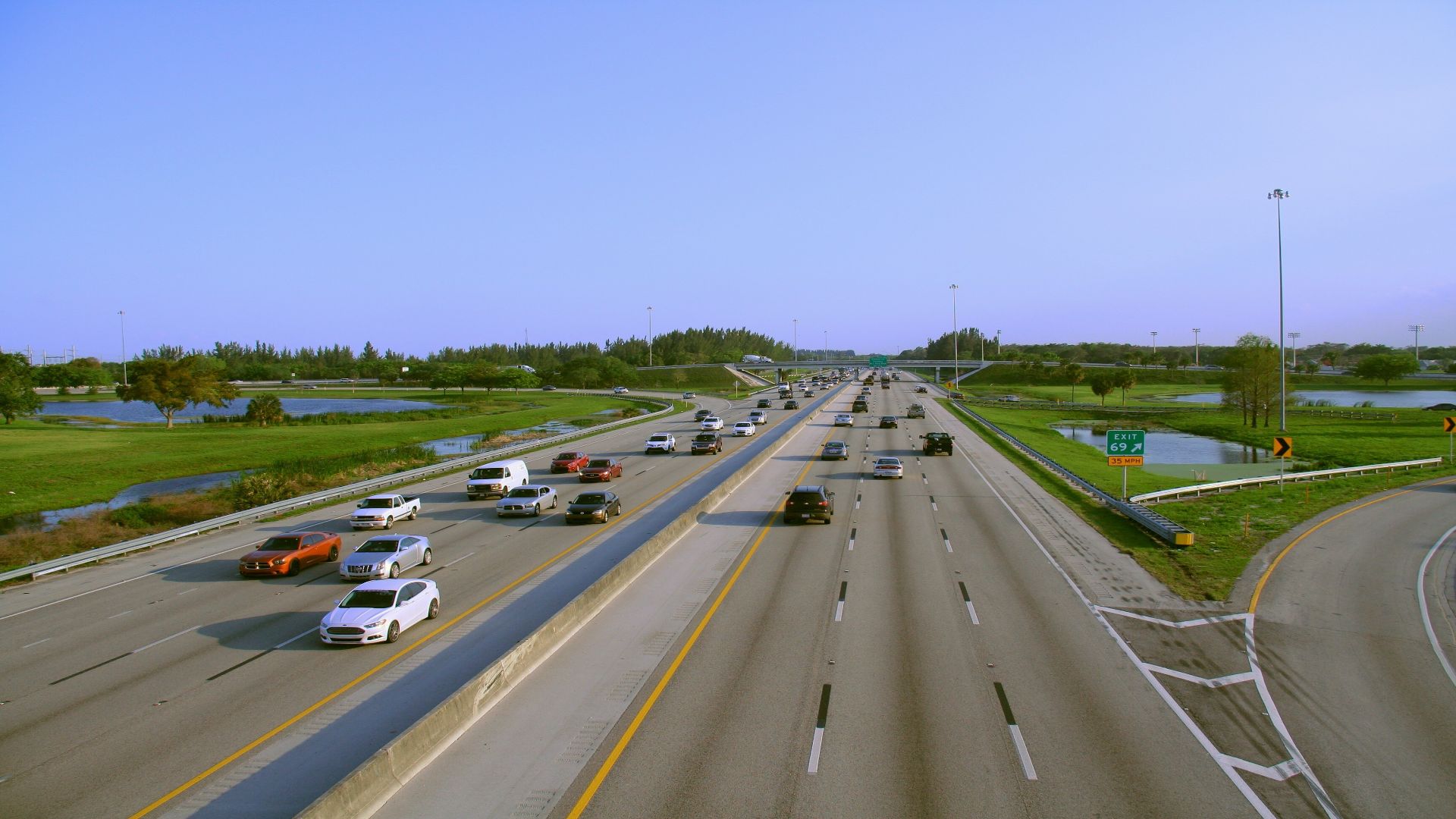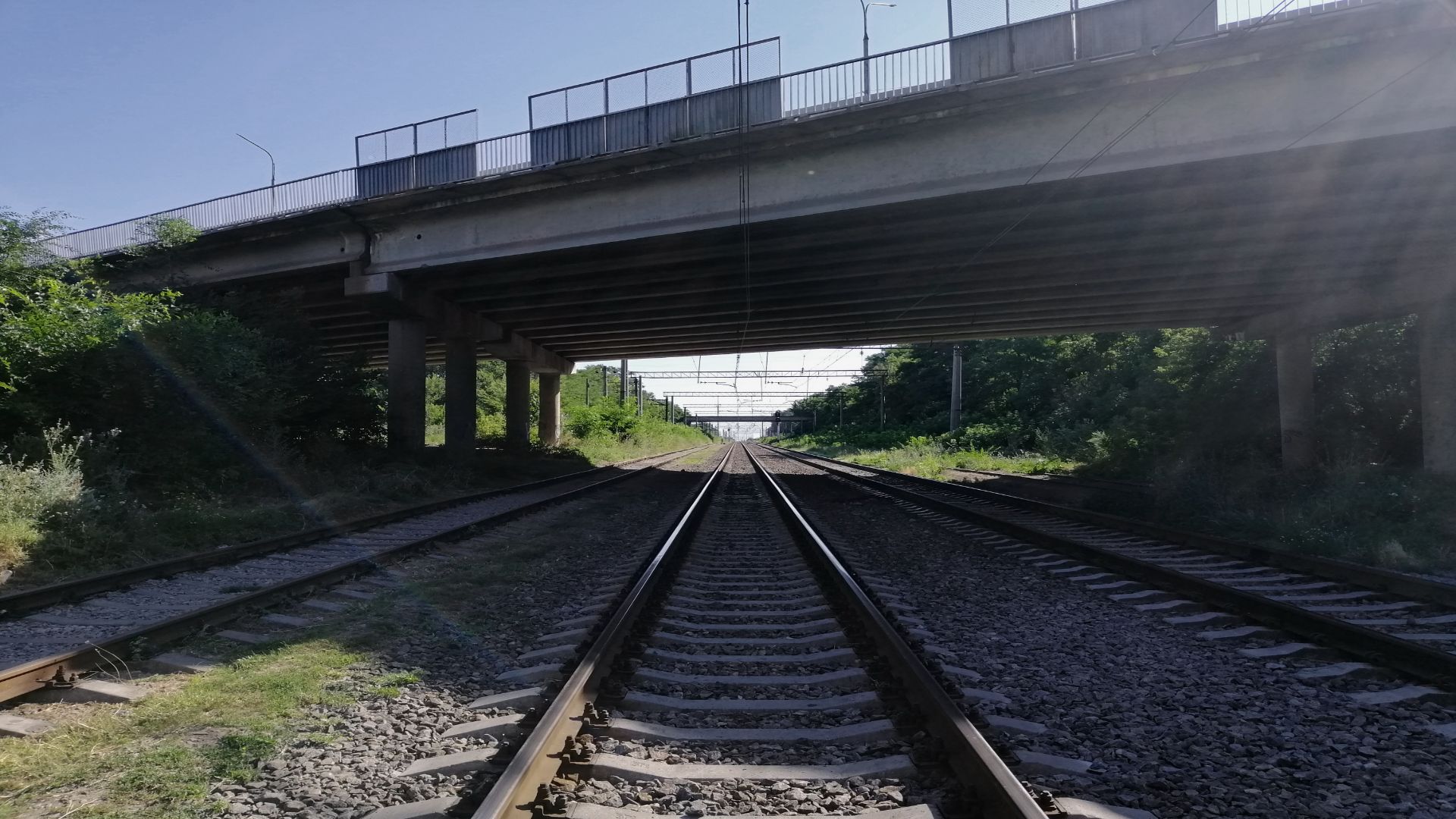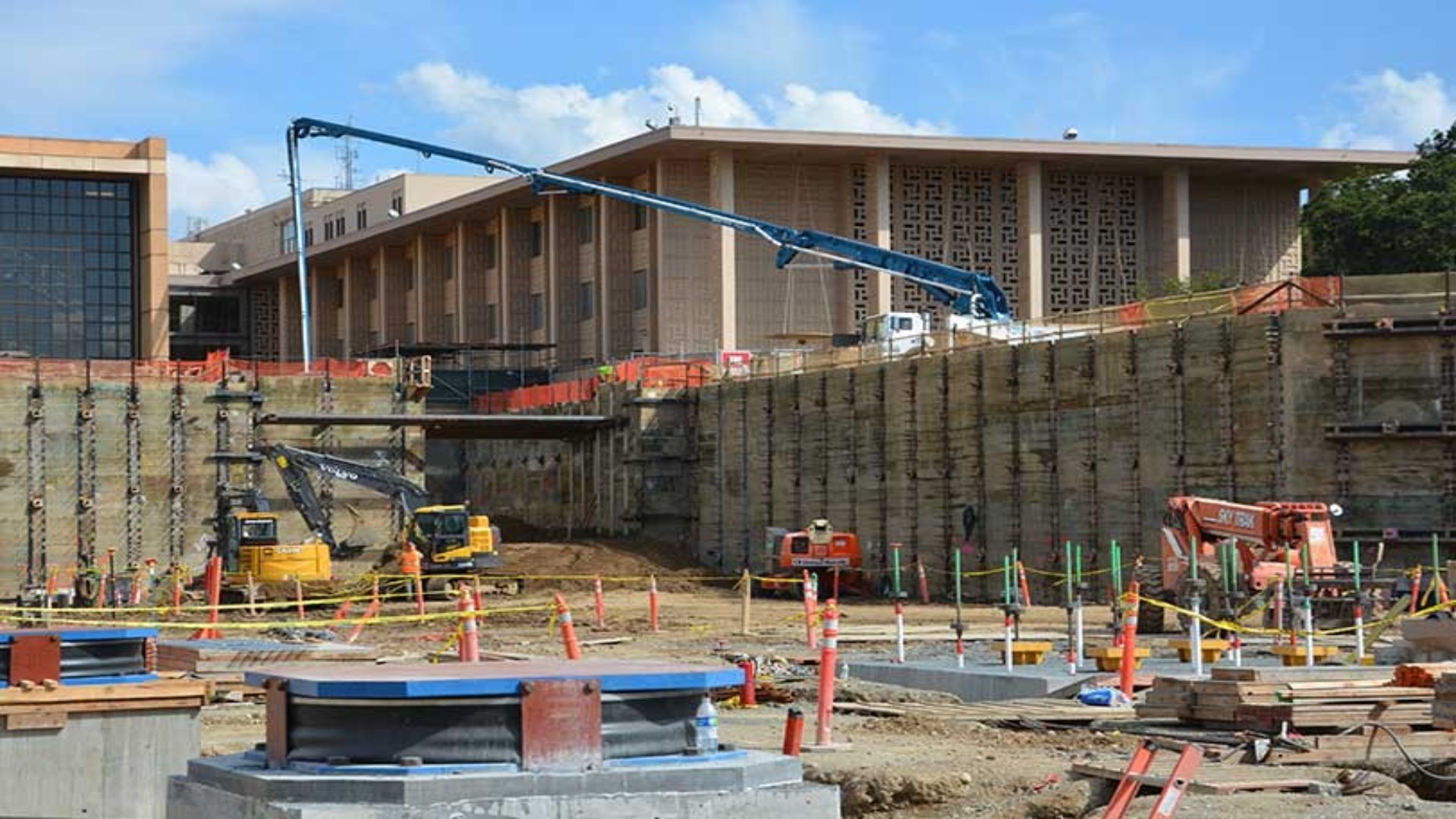Blast Instrumentation and Monitoring at Oroville Dam
Emergency work to restore the Oroville Dam spillways required excavation of hard rock and concrete near critical structures, including the Radial Gate Structure and the Emergency Spillway Monolith Structure.
- Using commonly accepted regulatory criteria for blasting vibrations would have extended demolition another year or two and increased costs significantly.
- Mr. Lemke provided consulting services to plan, design and implement a testing program to characterize PPV blast vibrations and resulting strains at various distances from blast areas with the purpose of developing rational close proximity blasting criteria based on this newly collected dataset.
- Mr. Lemke designed a high-speed field monitoring system to collect dynamic strain and acceleration at locations as close as 10 feet from blast areas, and dynamic blast data was collected over two construction seasons.
- Results of the blast instrumentation program were documented in a report prepared by Geodaq and indicated high frequency blast vibrations resulted in acceptable stresses in neighboring structures – a conclusion leading to accelerated demolition and a savings of hundreds of millions of dollars.
- John Lemke presented the results of the study at the 2018 Association of State Dam Safety Officials Conference in Seattle, Washington.
Relevant Publications:
- ASDSO Paper – Oroville Dam
- Lemke, J., Driller, M., Schultz, M., Revey, G., and Islam, A. (2018). ” Criteria for Controlled Close Proximity Blasting at the Oroville Dam Spillways and Flood Control Structure.” Proceedings Association of State Dam Safety Officials 2018, Seattle, Washington, USA (copy of paper: Oroville Dam.pdf)
- Results presented at the 2018 Association of State Dam Safety Officials Annual Conference in Seattle, Washington, USA.
